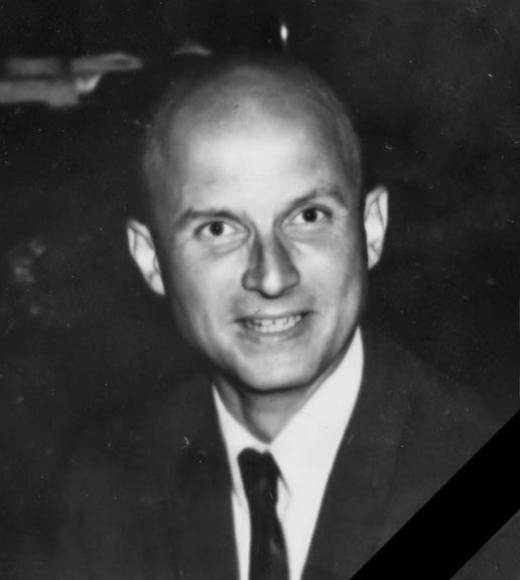
Position Title
In Memoriam
Professor Emeritus of Environmental Horticulture
1930-2012
ROY MONROE SACHS
Birth: January 4, 1930, Brooklyn, New York
Death: May 23, 2012, Davis, California
Education
- Baltimore Polytechnic Institute, 1947
- B.S., Massachusetts Institute of Technology, 1951
- Ph.D., Plant Biology, California Institute of Technology, 1955
Military Service
- Captain, U.S. Army Reserve, 1967–1968
Employment
- Associate Professor, Plant Physiology, University of California, Los Angeles, 1956–1961
- University of California, Davis
- Professor, Environmental Horticulture, University of California, 1961–1991
- Department Chair, Landscape/Environmental Horticulture
- Professor Emeritus, Department of Environmental Horticulture, 1991–2012
Honors, Awards, and Professional Societies
- Fulbright Scholar, Università degli Studi di Parma, Italy, 1954
Research Contributions and Impact
Roy Sachs made pioneering contributions to plant physiology, spanning from molecular biology to applied horticulture. He discovered that floral initiation in some plants is induced by long-day to short-day sequences and demonstrated that gibberellic acid stimulates stem elongation by first promoting cell division, then elongation near the shoot apex.
He was a principal advocate of the nutrient diversion hypothesis, linking the shift from vegetative to reproductive growth with changes in carbohydrate distribution. Sachs advanced chemical growth regulation in ornamental horticulture and influenced utility tree management with his research on growth retardants. His studies of biomass production, greenhouse energetics, and energy-efficient heating systems positioned him at the forefront of broader sustainability trends.
Publications and Scholarly Leadership
Sachs published widely on plant physiology, floral induction, and horticultural applications. His research significantly contributed to the understanding of morphogenesis, self-organization, and pattern formation in plants, while also providing practical solutions to horticultural challenges.
Teaching and Mentorship
Renowned for his informal and engaging style, Sachs often taught in t-shirts and shorts, encouraging open debate and critical thinking. He co-developed a highly regarded crop physiology course with Larry Rappaport, integrating plant physiology principles with real-world agricultural problems. He also created "Analysis of Horticultural Problems," a course that emphasizes problem-solving without relying on textbooks. His students valued his emphasis on challenging orthodoxy and developing independent inquiry.
Collaboration and Community
Sachs maintained active collaborations worldwide and hosted visiting scientists at UC Davis. His mentoring extended to many graduate students, shaping future leaders in plant science. Known for humor, intellectual breadth, and defense of minority viewpoints, he cultivated a culture of curiosity and debate in both academic and community settings.
Legacy
Roy Sachs is remembered as a scientist of wide-ranging curiosity and influence, a pioneer in floral induction and growth regulation, and a dedicated teacher who emphasized questioning and independent thinking. His research left lasting impacts on both fundamental plant biology and applied horticulture, while his mentorship and intellectual generosity shaped the careers of colleagues and students alike.
